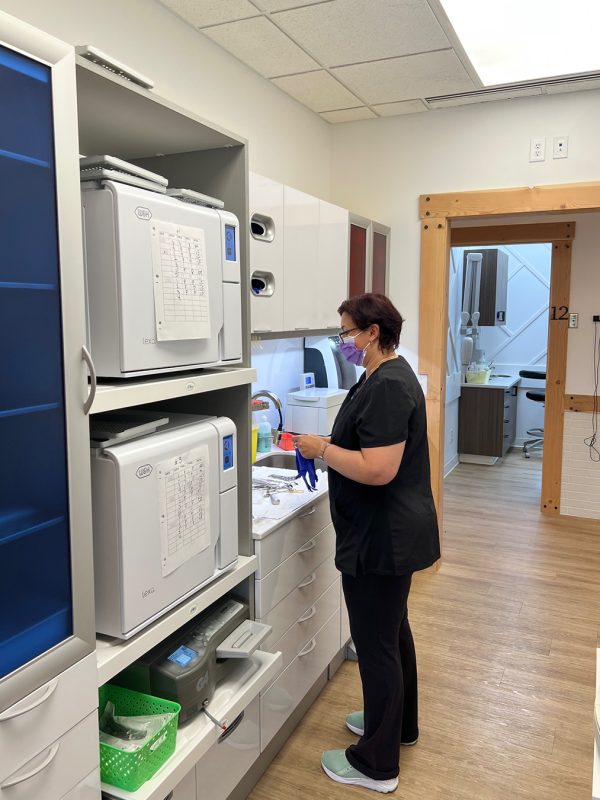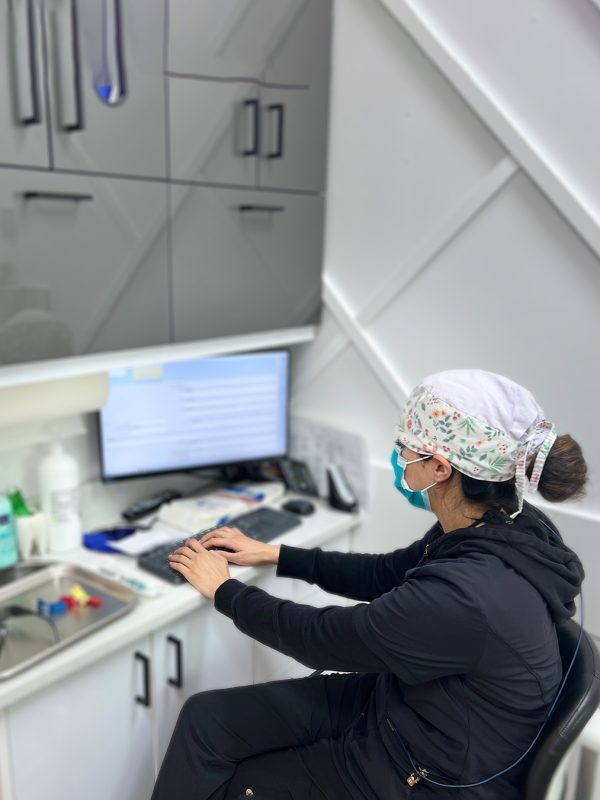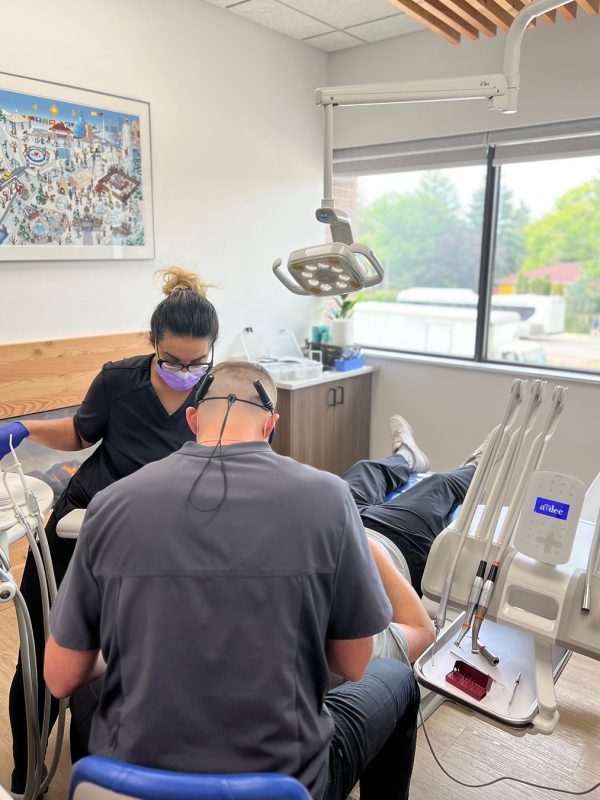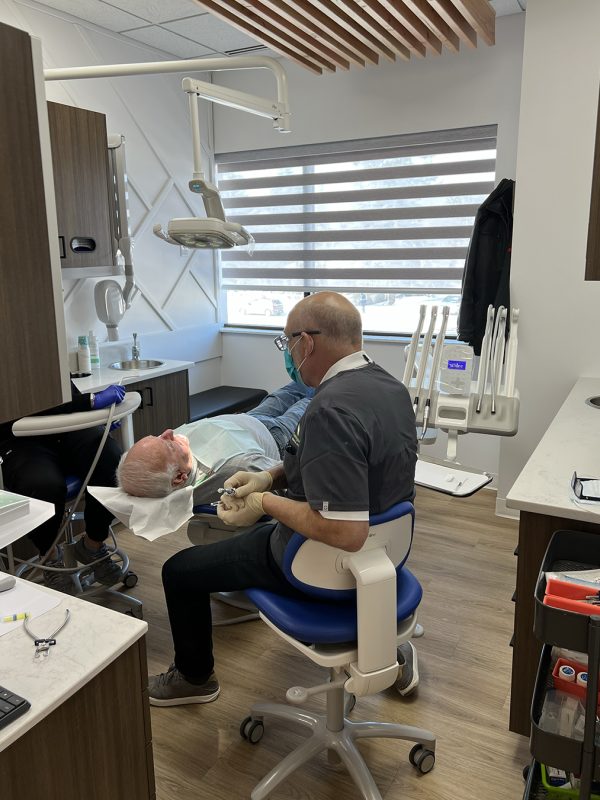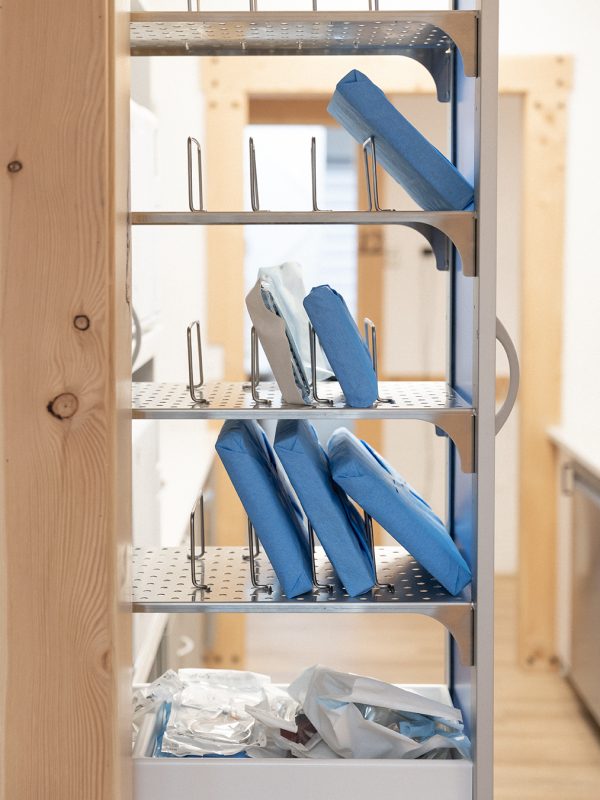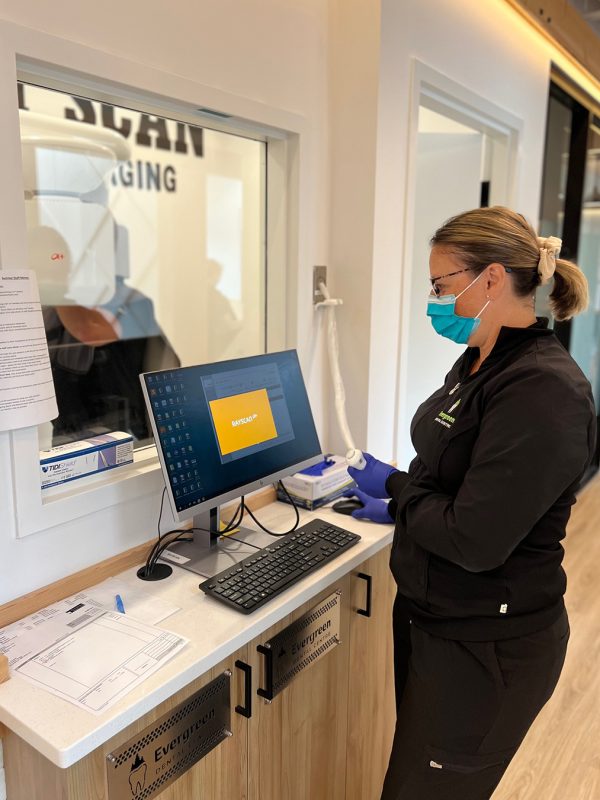Bad breath, or halitosis, is a common oral health concern that can be caused by various factors. One question that often arises is: will cavities cause bad breath? It’s a fair concern—after all, who wants to worry about unpleasant breath? This article will explore the relationship between cavities and bad breath, providing a clear understanding of each issue and how they may be connected.
Table of Contents:
Understanding Cavities
What Are Cavities?
Cavities, also known as dental caries, are holes in the teeth caused by tooth decay. This process occurs when bacteria in the mouth produce acids that erode the tooth enamel. Over time, these acids can weaken the enamel, creating a cavity. Common symptoms of cavities include toothache, sensitivity to hot or cold foods and drinks, and visible holes in the teeth.
They are among the most common health problems worldwide. Cavities can occur in anyone, including young children, teenagers, and adults. If left untreated, cavities can get larger and affect deeper layers of your teeth, leading to severe toothache, infection, and even tooth loss.
How Do Cavities Form?
Cavities develop through a process involving bacteria, diet, and oral hygiene. The process begins with the formation of plaque, a sticky film of bacteria that constantly forms on teeth. When you consume sugary or starchy foods, these bacteria convert the sugars into acids that attack the tooth enamel. Over time, this acid erosion creates tiny holes in the enamel, which are the beginnings of cavities. If left untreated, these cavities can grow larger and penetrate deeper into the tooth, causing pain and potential infection.
What is Bad Breath?
Bad breath, medically termed halitosis, is an unpleasant odor emanating from the mouth. It can range from mild to severe and can significantly impact a person’s self-confidence and social interactions. While it’s a common issue, persistent bad breath often indicates an underlying oral health problem.
Common Causes of Bad Breath
Several factors can contribute to bad breath. Here are some common causes:
- Poor oral hygiene: Inadequate brushing and flossing allows bacteria to build up on teeth, tongue, and gums, leading to bad breath.
- Gum disease: Periodontal disease is a common cause of bad breath. It occurs when bacteria infect the gums and surrounding tissues, causing inflammation and odor.
- Dry mouth: Saliva helps wash away food particles and bacteria, reducing bad breath. Decreased saliva production (xerostomia) can contribute to bad breath.
- Food and tobacco: Certain foods like garlic and onions can cause temporary bad breath. Smoking and chewing tobacco are also major culprits.
- Medical conditions: Some medical conditions, such as diabetes, respiratory infections, and acid reflux, can contribute to bad breath.
Understanding the potential causes of bad breath is crucial in determining the best course of treatment.
The Connection Between Cavities and Bad Breath
While cavities themselves don’t directly cause bad breath, they can certainly contribute to it. The relationship between these two oral health issues lies in the bacteria that thrive in the mouth.
How Cavities Contribute to Bad Breath
Cavities can directly contribute to bad breath in several ways:
- Bacteria buildup: Cavities provide an ideal environment for bacteria to thrive and multiply. As these bacteria break down food particles, they produce acids that erode tooth enamel, leading to cavity formation. A significant byproduct of this bacterial activity is the production of foul-smelling compounds that contribute to bad breath. Here’s a breakdown of how bacteria contribute to both cavities and bad breath:
- Plaque formation: Bacteria combine with food particles and saliva to form plaque, a sticky film that clings to teeth. Plaque buildup is a primary cause of cavities and gum disease, both of which can lead to bad breath.
- Anaerobic bacteria: These bacteria thrive in low-oxygen environments, such as within cavities, making them produce volatile sulfur compounds (VSCs), the primary cause behind bad breath odor.
- Biofilm formation: Bacteria create protective communities called biofilms on tooth surfaces. These biofilms are difficult to remove and can harbor bacteria that contribute to both cavities and bad breath.
- Inflammation: Cavities can lead to inflammation in the surrounding gum tissue. These infections produce pus, which has a distinct, foul odor. Additionally, the inflammation and swelling associated with an abscess can further contribute to bad breath.
- Food particles: Decaying food particles trapped in cavities can decompose and release foul odors.
- Infection: Untreated cavities can develop into tooth abscesses, which are painful infections that can cause severe bad breath.
By understanding how cavities contribute to bad breath, you can take steps to prevent both conditions and maintain optimal oral health.
Conclusion
In conclusion, while cavities and bad breath are distinct oral health concerns, they share a common link: bacteria. The presence of cavities can create an environment that promotes bacterial growth, leading to bad breath. Maintaining optimal oral hygiene, including regular brushing, flossing, and dental check-ups, is crucial for preventing both cavities and bad breath.
If you’re concerned about bad breath or suspect you may have cavities, scheduling a consultation with a dental professional can accurately diagnose any underlying issues and provide appropriate treatment recommendations.





